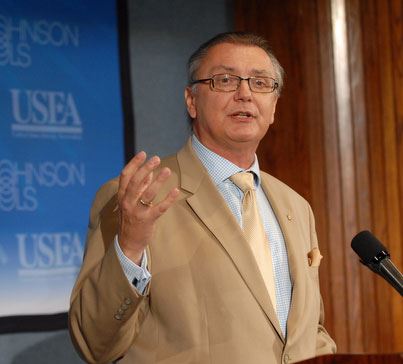January 2021
By Branko Terzic
 The issue of “stranded” assets has come up again in the electric and natural gas utility industries. The current driver is the transition, at different paces in different state jurisdictions, from fossil fuels to renewable energy. The electricity issues surround uneconomic nuclear power plants, as well as transmission and distribution systems that are possibly becoming obsolete due to inadequate size. Or they may not have a function compatible with increased electrification - including the electrification of transportation. Natural gas distribution utilities face increased municipal bans on new additions - or even replacement of gas by electricity service.
The issue of “stranded” assets has come up again in the electric and natural gas utility industries. The current driver is the transition, at different paces in different state jurisdictions, from fossil fuels to renewable energy. The electricity issues surround uneconomic nuclear power plants, as well as transmission and distribution systems that are possibly becoming obsolete due to inadequate size. Or they may not have a function compatible with increased electrification - including the electrification of transportation. Natural gas distribution utilities face increased municipal bans on new additions - or even replacement of gas by electricity service.
The issue of stranded investment has appeared at least twice before in the recent history of U.S. public utility regulation. The first time was in the 1970s and 1980s, when the Federal Communications Commission (FCC) and the state public utility commissions (PUC) were slow to recognize obsolescence in existing electro-mechanical telephone assets, due to the introduction of digital switching and related new technologies.
The second time was in the 1990’s, when a number of states were restructuring their electric utilities to unbundle generation assets from transmission and distribution. In some states the value of the generation assets to be sold was below the book value. The utilities claimed that the spin-off process would result in under-recovery of the original cost of the asset. Various treatments were selected among the state regulatory practices dealing with these “stranded” assets.
The issue of stranded assets is again a topic of discussion, and is raised in the context of new regulatory and technological developments in distributed energy resources, on site storage and independent grids. The worry was that these new developments could cause today’s utility investment in generation, transmission and distribution to become “stranded.” The solution, of course, is early recognition that the economic life of the assets is shortened by these developments and that appropriate adjustments in depreciation rates and policy must be made.
For that to happen both utility management and regulators must act in concert.
Management must promptly recognize the new economic reality that technology - and possibly regulation - have decreased the economic lives of existing rate-based assets. Regulators must act on the evidence presented, using established depreciation practices which recognize functional obsolescence caused by the introduction of new technologies without a long history of retirements.
Recognizing the need for shorter economic lives and higher depreciation rates can be a tough call by regulators and management. The depreciation expense is the only expense totally under the control of the regulator. Unlike rate-of-return and its market check in financial markets, no market check exists for the level of depreciation expense approved by the regulator. The rub is that shorter economic lives lead to higher depreciation expense and higher revenue requirement.
This means that all too frequently the regulator’s decision to increase depreciation rates may be more informed by the effect of the direct rate impact, than by the need to recognize new depreciation realities such as technological obsolescence.
It was state regulators in the 1930’s who insisted that public utility depreciation expenses be systematically and scientifically evaluated and approved by the regulators themselves. An objective assessment of the economic lives of assets under regulation would, progressive regulators believed, ensure fair return of capital and reasonable charges to consumers who benefited from the assets. Thus, the periodic readjustment of service lives was contemplated and supported by regulators as an essential element of cost of service regulation. To assist in this evaluation, many state regulators benefit from expert PSC depreciation staff experts, some of of whom are certified as experts by the Society of Depreciation Professionals (SDP). Some are also members of the SDP. Under this regulatory system, and with expert staff advisors, it should be a rare series of events which would lead to the “stranding” of investments in the future.
The Honorable Branko Terzic is a founding member of the SDP and former Commissioner FERC and Wisconsin PSC. Contact him at bterzic@thinkbrg.com.